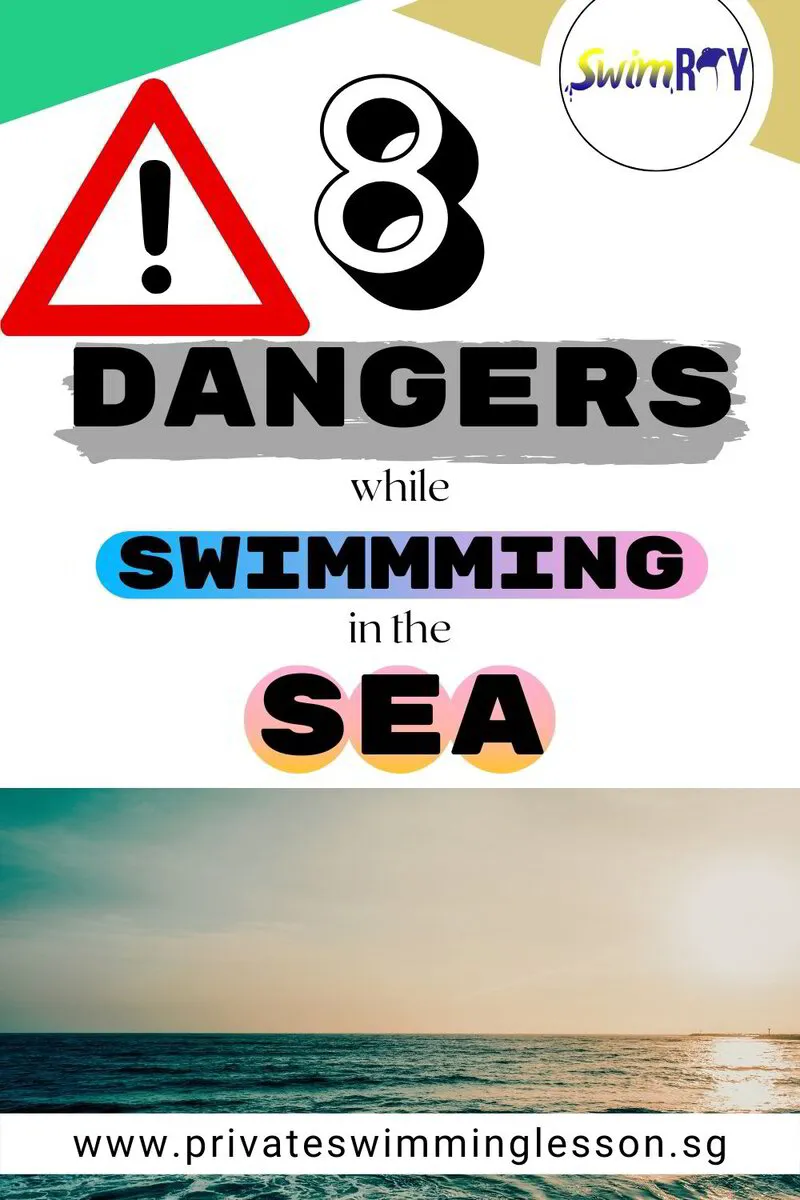
8 Dangers While Swimming In The Sea
0 Comments
Add Comment

03/08/2021 01:56
Save It on Pinterest
1) Shorebreak
Image Credit : Hawaii Ocean Safety
Shorebreaks occur when waves split instantly on the shore, resulting in a quick and volatile shift from deep to shallow waters. This can often be quite violent and can cause you to lose balance and get tumbled around in the water.
This dangerous ocean condition can result in broken bones, spines, and necks. Spinal cord afflictions have been said to be exceedingly common when diving recklessly into the water or when being hurled around by the pressure of the waves. To minimize such a risk, ensure you keep an eye out for any warning signs or approach a lifeguard regarding the water conditions before heading off to swim.
2) Lightning
Image Credit : Blender Artists
According to statistics, the average number of people who have fallen victim to lightning strikes is approximately 35 to 40 people a year in the United States. Therefore, it’s important that you avoid the beach on days such as these and seek shelter. Be sure to wait for 30 to 45 minutes after the final thunder strike to ensure it’s completely risk-free before heading back to the beach.
The safest locations to seek shelter in the course of a lightning storm are sturdy buildings and vehicles with a secure top. Any open areas such as rain shelters, tiny sheds, or open vehicles aren’t safe!
3) Rip Currents
Image Credit : Woods Hole Oceanographic Institution
Rip currents make up over 80 percent of rescue operations that are carried out by beach lifeguards. They are strong, channeled currents of water that flow away from the shore, forcefully pulling swimmers out to sea. When caught in a rip current, it’s recommended to not fight it. Instead, try to swim parallel to the shore and towards land at an angle. Always ensure that there is a lifeguard present when swimming at a beach!
4) Sharks
Image Credit : Australian National Maritime Museum
Although shark attacks may be rare, they mostly occur near the shore. When sharks are cornered by the low tide, they can often get trapped in between sandbars and steep drop-offs where prey gather.
Hence, to minimize the risk of a shark attack beachgoers shouldn’t venture too far from the shore and should avoid being in the water when it gets dark. Swimmers should also avoid entering the water if they are bleeding, and avoid wearing shiny jewelry and brightly colored swimwear.
5) Jellyfish
Image Credit : BBC
When swimming in the sea, beware of jellyfish and their painful, venomous stings! There are a total of 2,000 species of jellyfish, of which approximately 70 can severely harm, or even kill.
When at the beach, be sure to be alert of any jellyfish that could have washed up on the sand. Wet tentacles that have been torn off a jellyfish are still able to sting. In fact, if you have been stung, you should avoid rinsing the affected area with water as it can release more poison. Instead, you should approach a lifeguard for first aid.
Image Credit : Everyday Health
It’s summer and that means the ideal weather to achieve that perfectly bronzed tan right? Well, heat is actually the top weather-related cause of death in the United States. Too much heat can not only cause sunburns, but heat cramps, heat exhaustion, and heatstroke as well.
Before you have your fun in the sun, be sure to slather yourself in some SPF! It’s important that you seek some medical attention if your burns lead to any symptoms of headaches, chills, or fever as it can be deadly.
Image Credit : Team HABs
Also popularly known as red tides, Harmful Algal Blooms (HABs) are dense numbers of algae that manifest in coastal waters. Some of these blooms can even be toxic to marine life and humans. This can result in swimmers falling sick when coming into direct contact with it in the water, or when eating contaminated shellfish. Ingesting these toxins can even lead to death.
As the location and timing of these blooms can be predicted, ensure that you are updated on any public announcements regarding the blooms, and shellfish harvesting, and beach closures.
Image Credits: National Geographic Society
Poor water quality is often caused by contamination from untreated sewage, motor oil from boats, pet waste, failing septic systems, fertilizers, and chemical spills. This produces high levels of bacteria and chemicals in the water that can cause gastrointestinal illnesses when swimming. Ensure that you adhere to beach closure rules and beach advisories.
The sea may be a wonderful place to splash around and have your fill of fun, but your safety is of the utmost importance. Always be alert and watch out for any of these dangers when swimming!
Join us at Condo Swimming lesson to eliminate another danger of not swimming safe in the open water